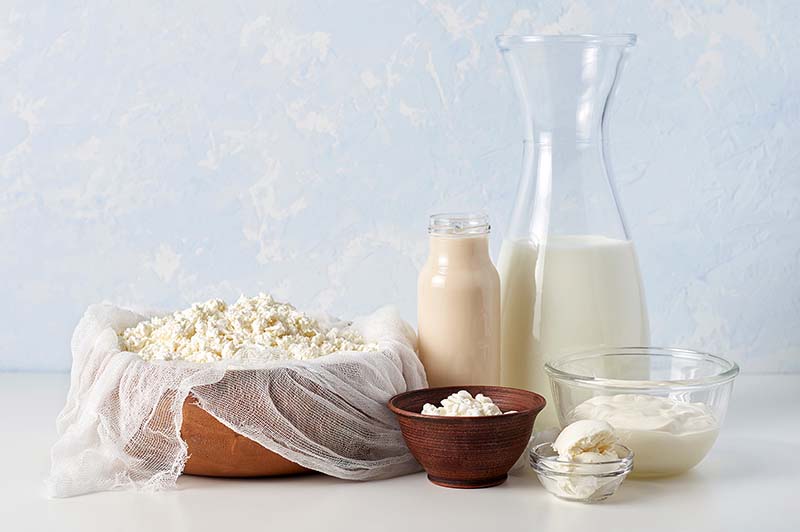It is a drink with a great thirst-quenching power and is composed of 80% water but contains the right amount of mineral salts, calcium, water-soluble and hyposoluble vitamins, fats and proteins.
Calcium and vitamin D are the basis of healthy bones, teeth, muscles and other tissues. Milk also contains a part of sugars, lactose, which is present only in this food among those in nature and is useful for good intestinal balance.
The energy released by high-pressure homogenization, with hydrodynamic cavitation, has been used to modify the physical-chemical properties of various milk components.
Various changes in the composition of milk have been observed, such as an increase in the levels of free fatty acids, oxidation and a decrease in the somatic cell count and pH.
An increase in the oxidation of lipids, volatile compounds due to cavitation, has also been noted.
When combined with heat treatment (63 °C) on milk, no effects on color were reported, but there was a decrease in pH to 6.22, an increase in lactic acid content by 0.015%, a decrease in density, and a depression of freezing point.
Continuous flow high energy hydrodynamic cavitation showed no significant effects on alkaline phosphatase, lactoperoxidase, and γ-glutamyltranspeptidase.
However, when combined with heat (61, 70, and 75.5 °C), hydrodynamic cavitation demonstrated a synergistic effect in the inactivation of alkaline phosphatase, γ-glutamyltranspeptidase, and lactoperoxidase.
Hydrodynamic cavitation can be applied in combination in the downstream treatment of lactoperoxidase from whey for two-step extraction for concentration and purification of lactoperoxidase.











